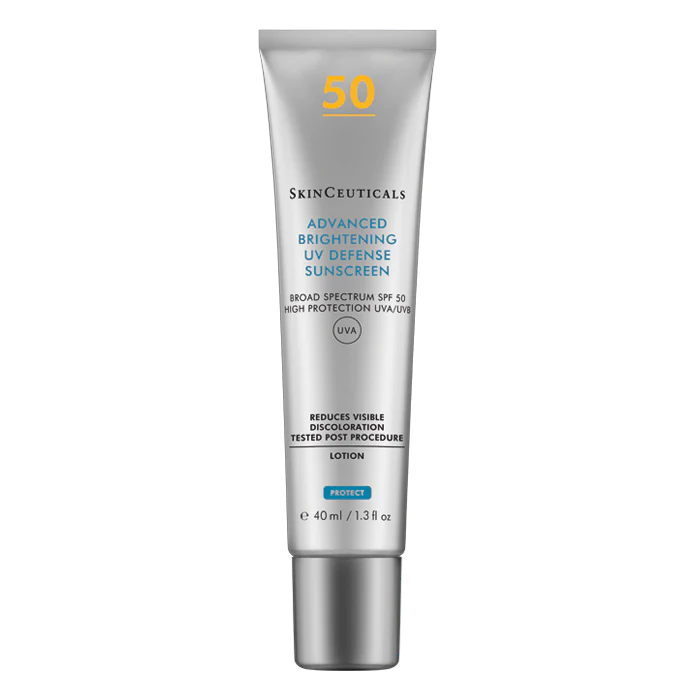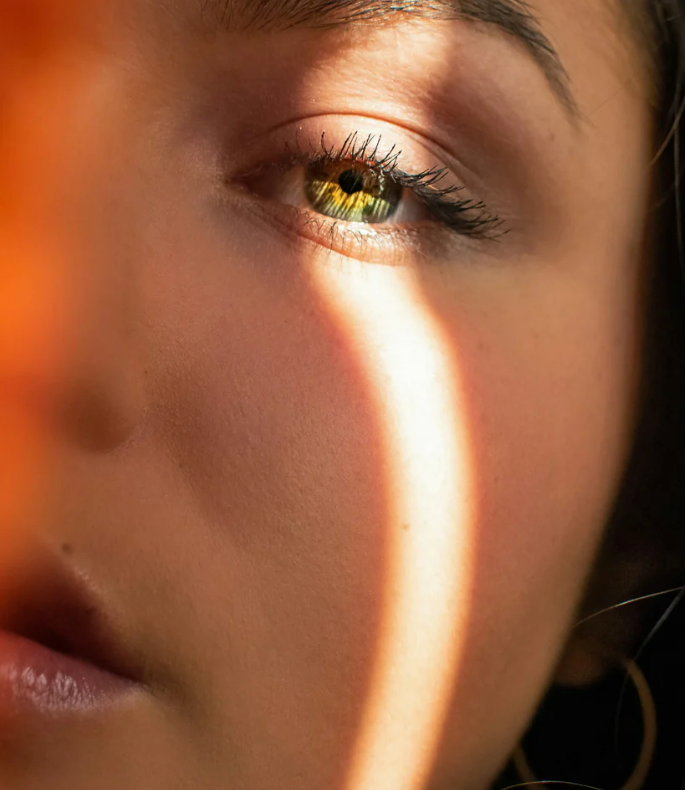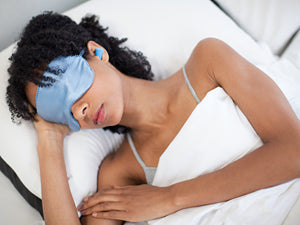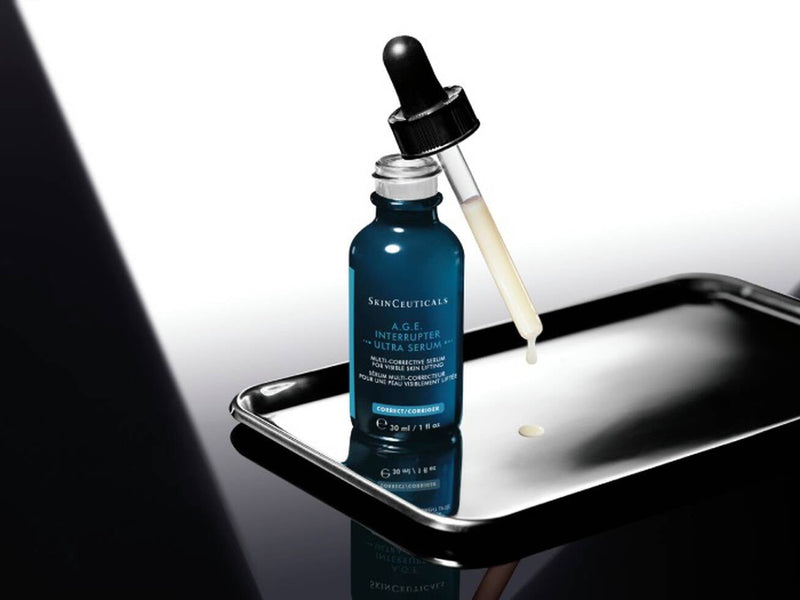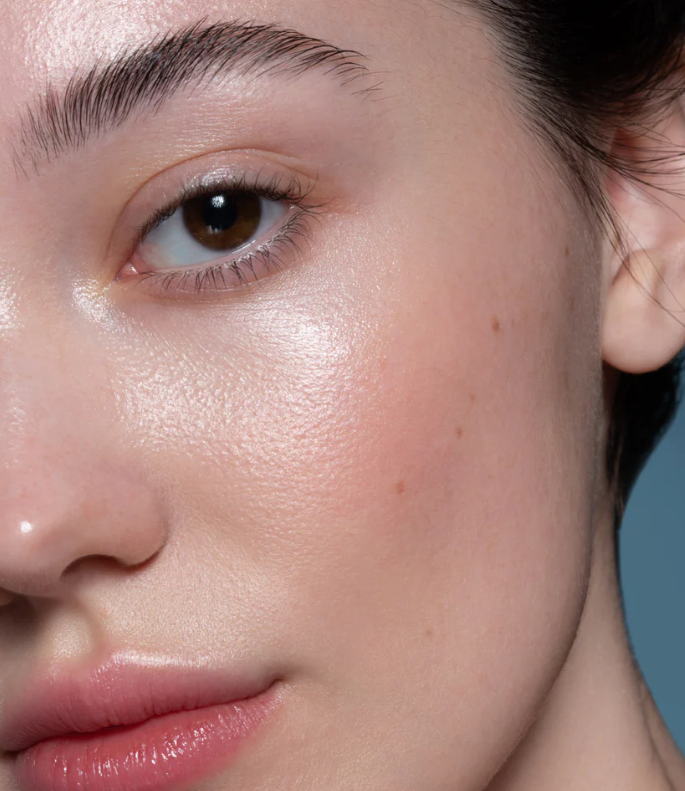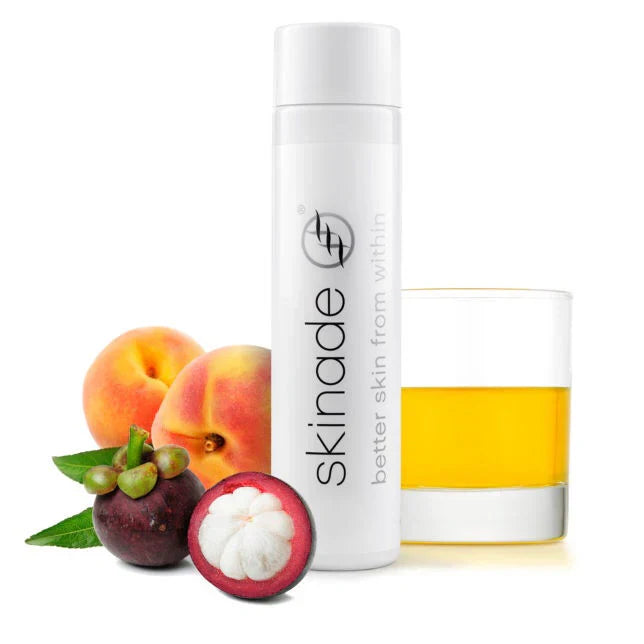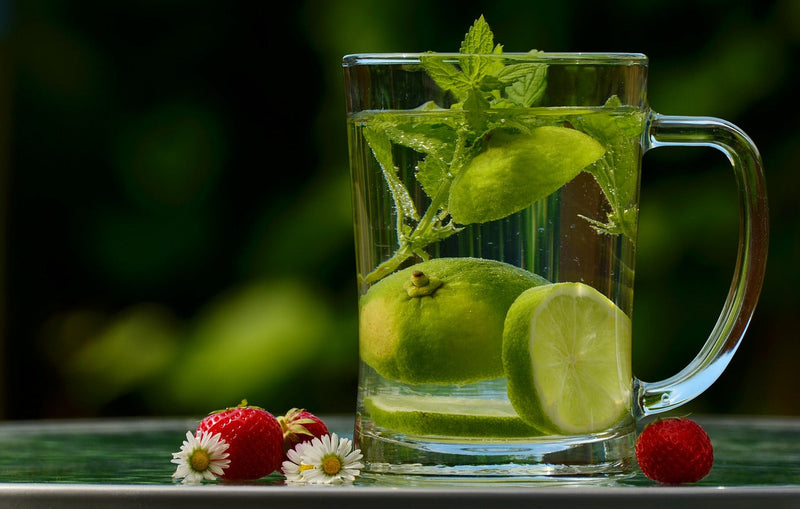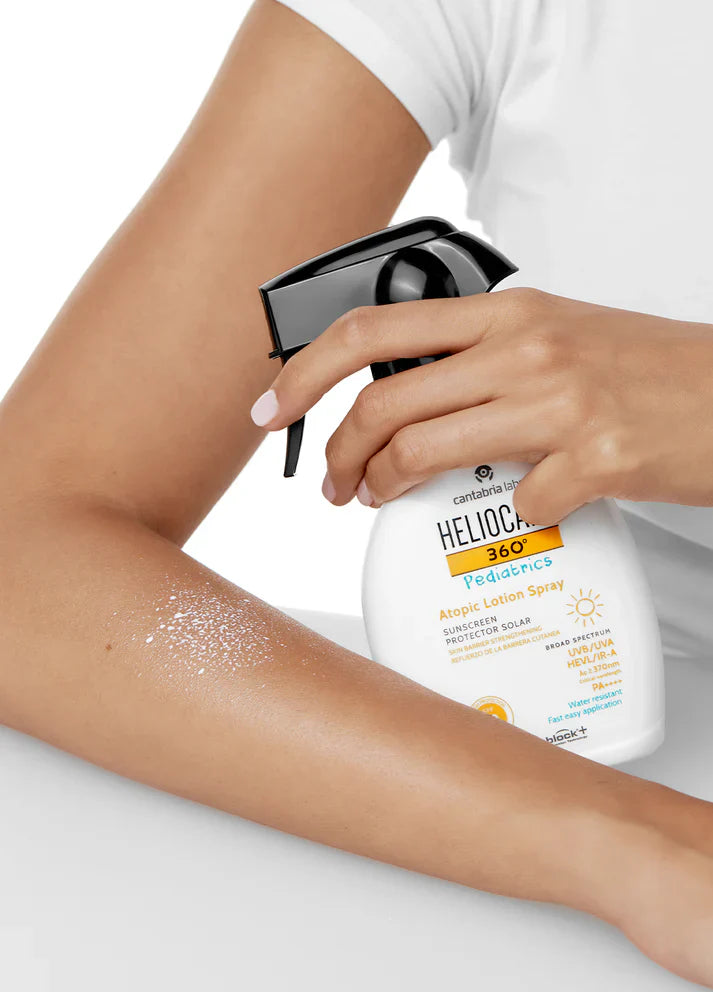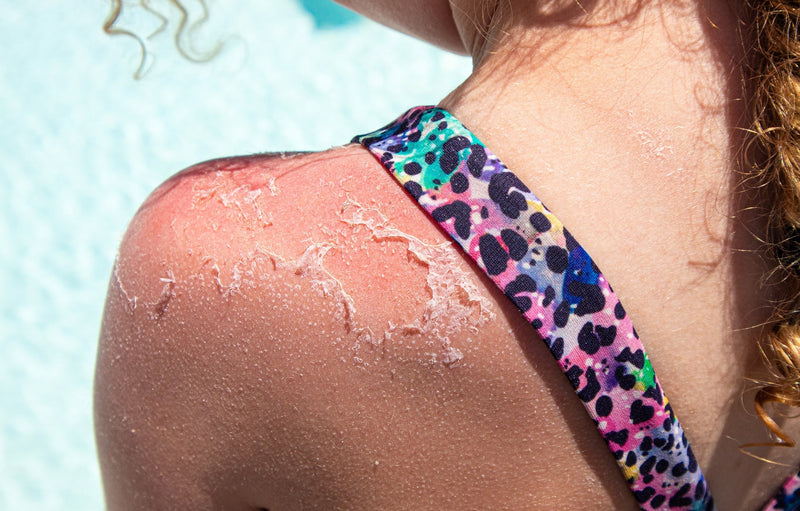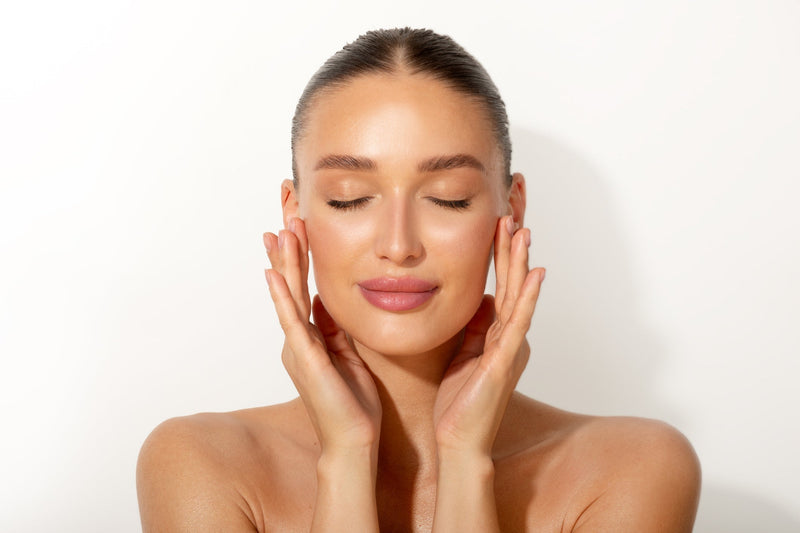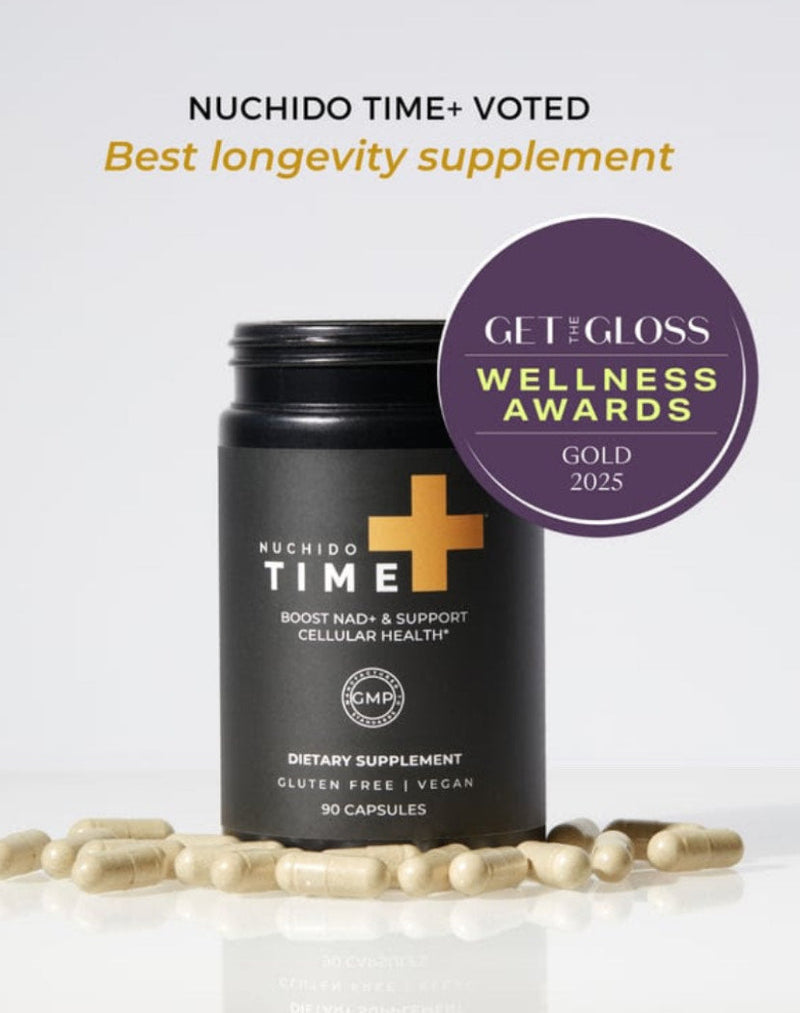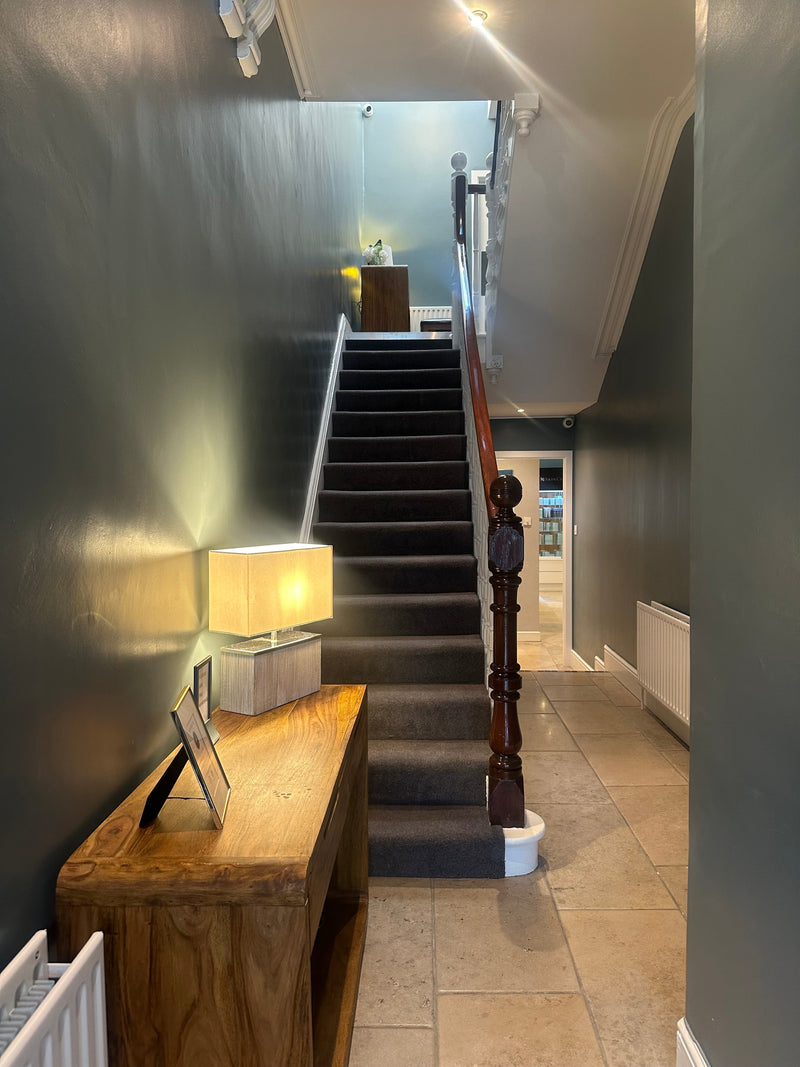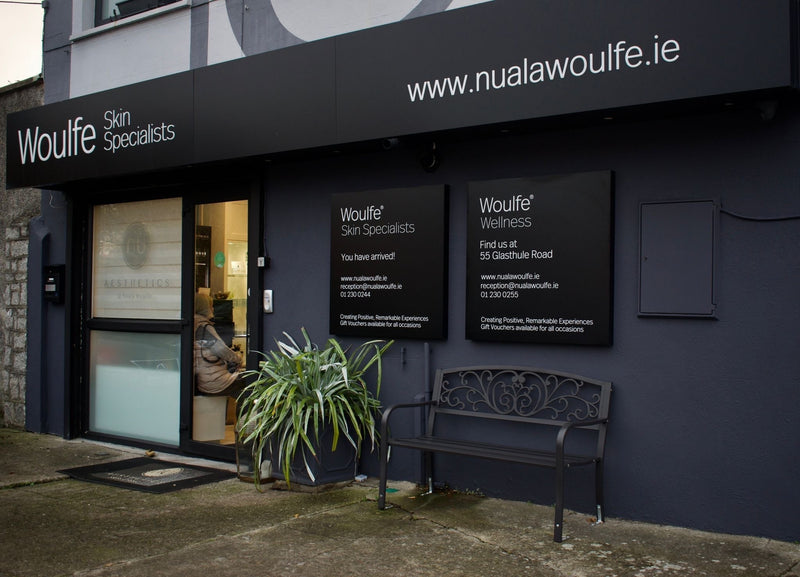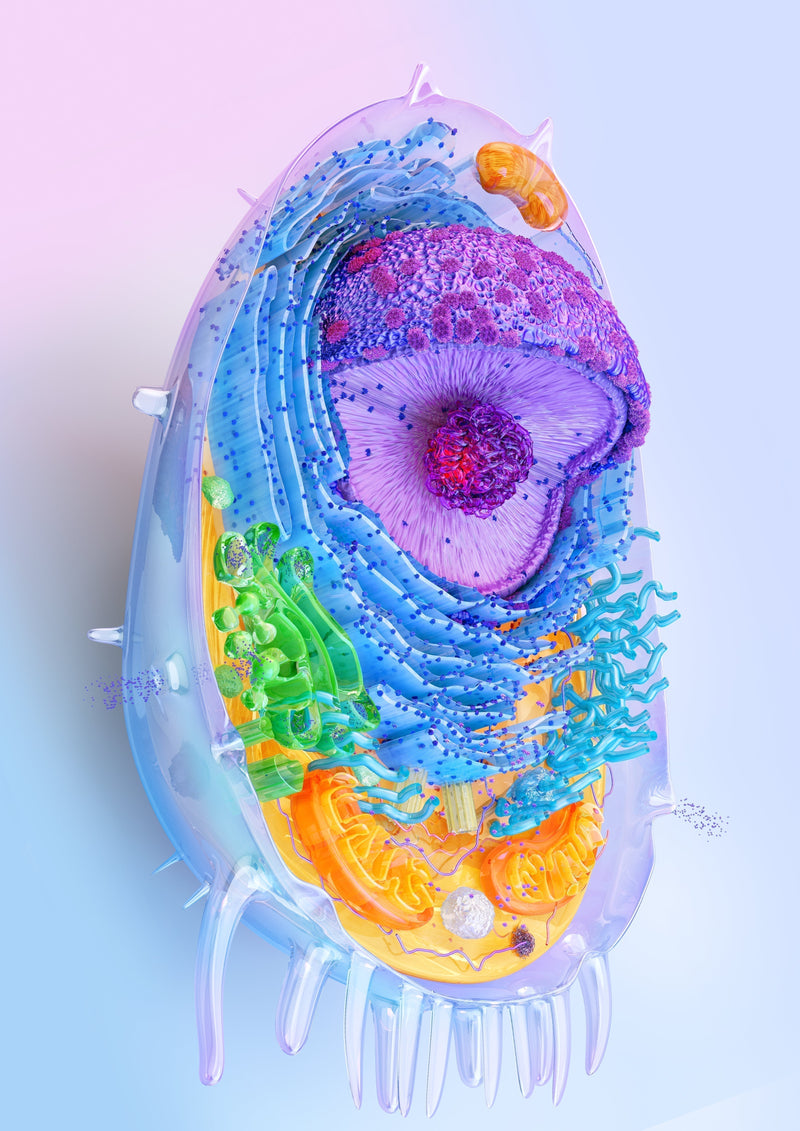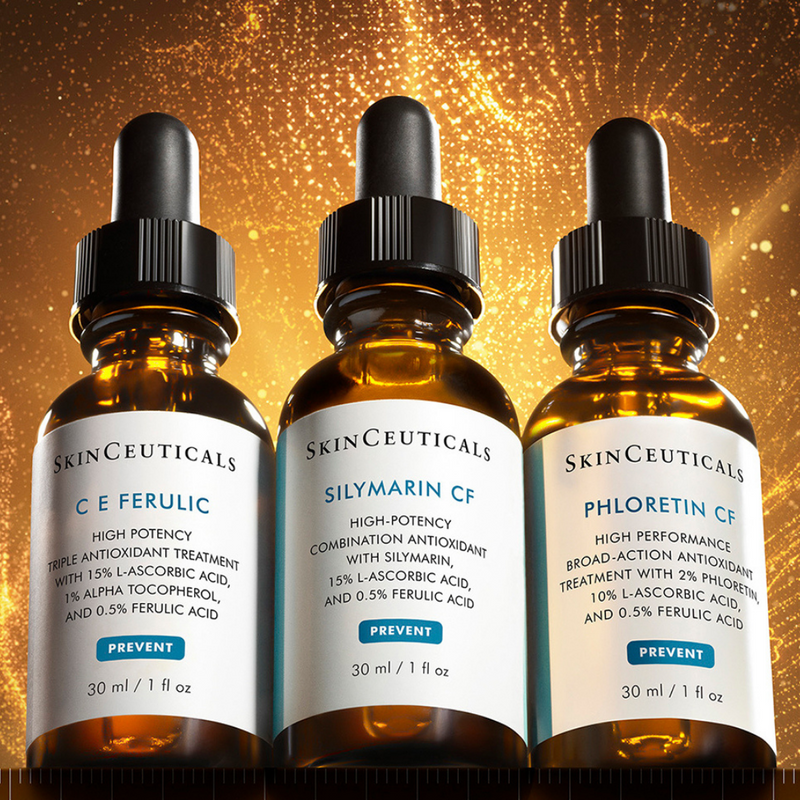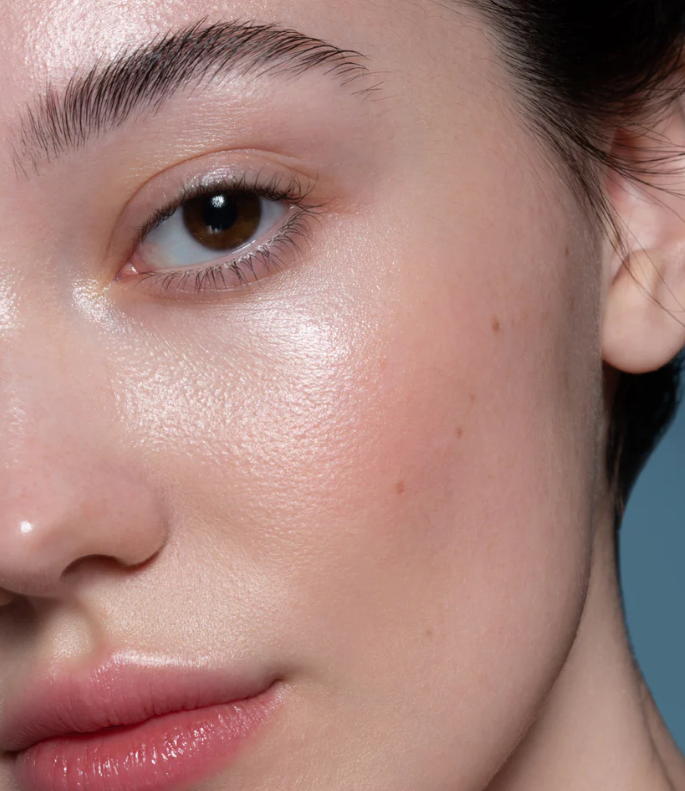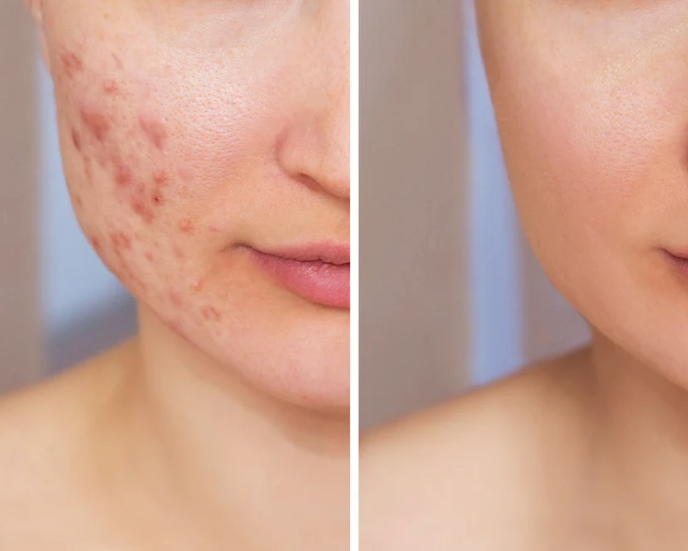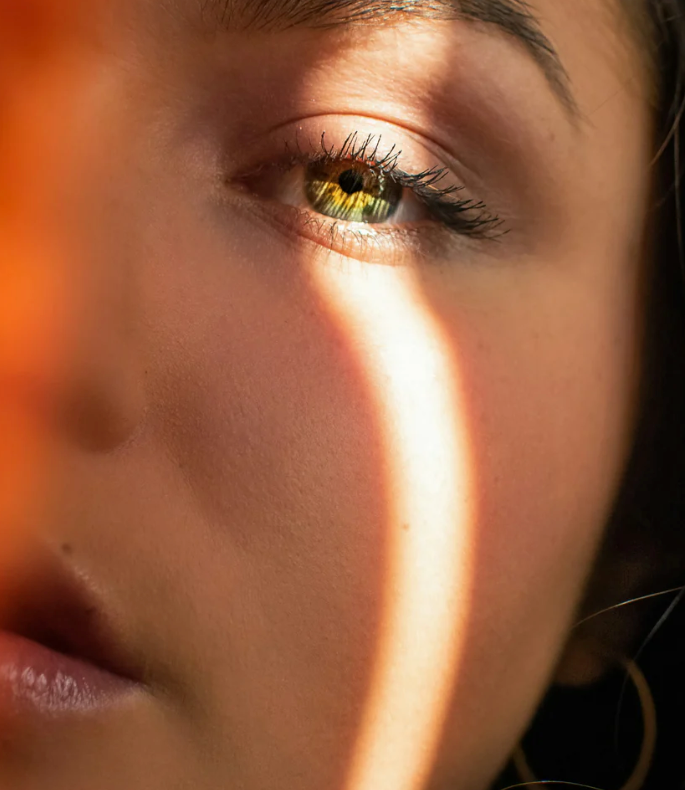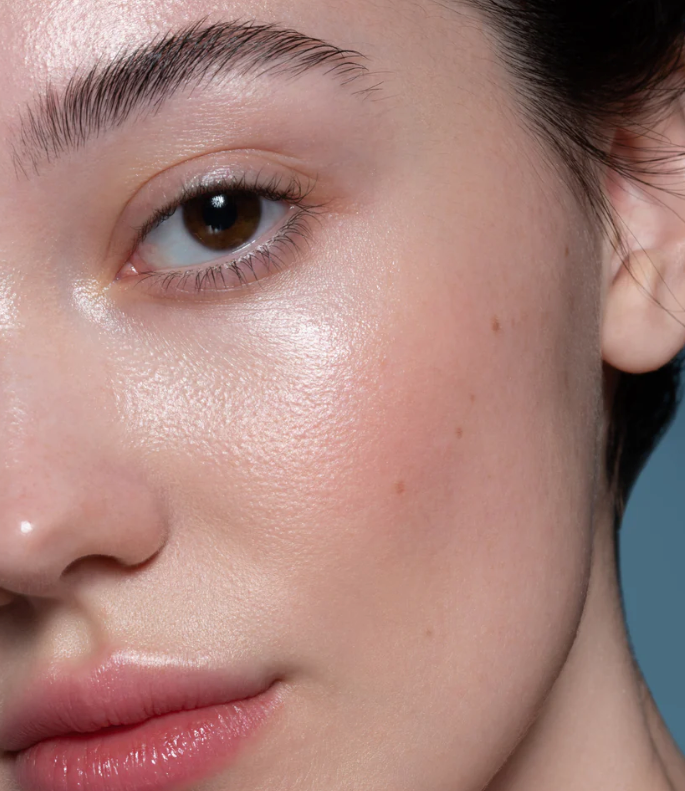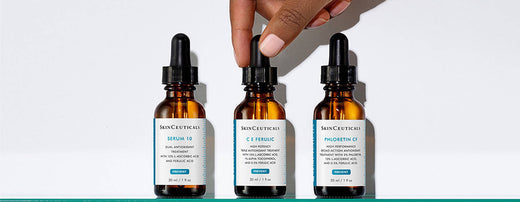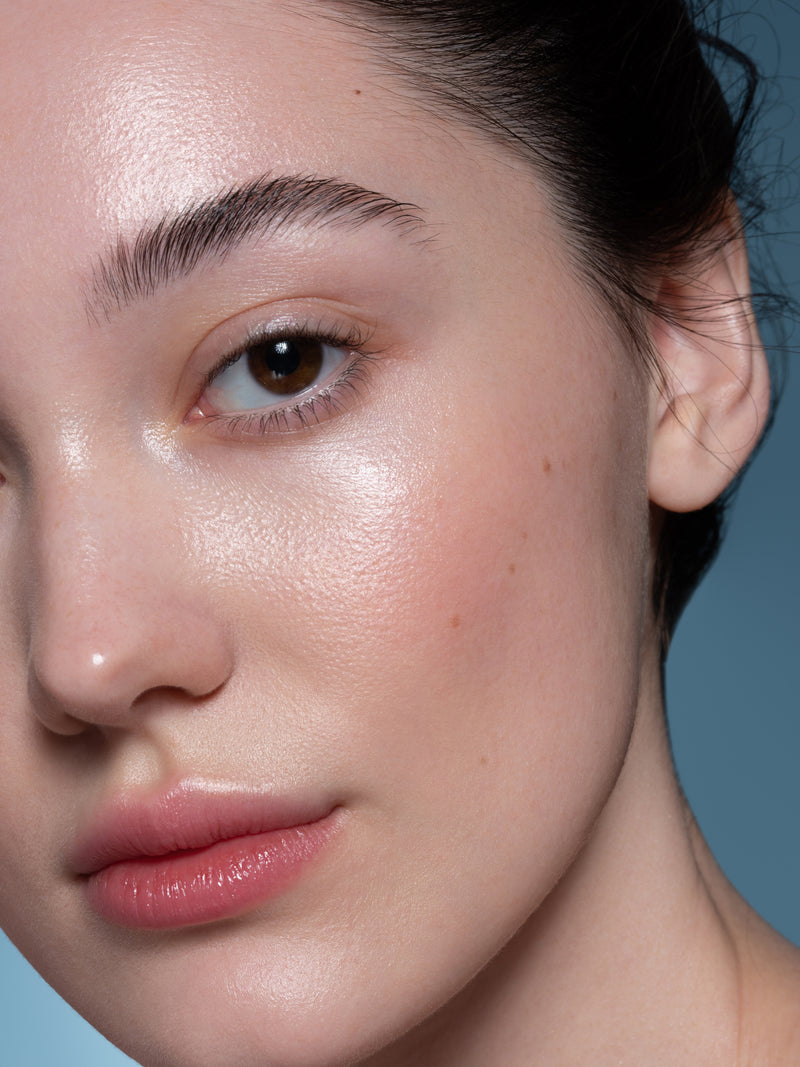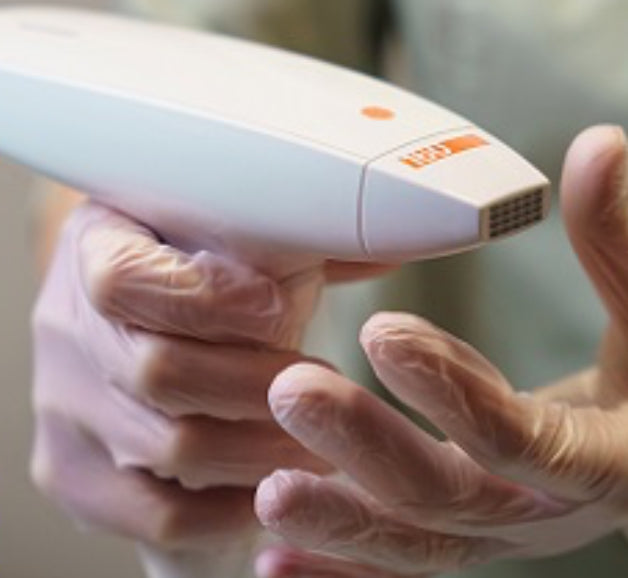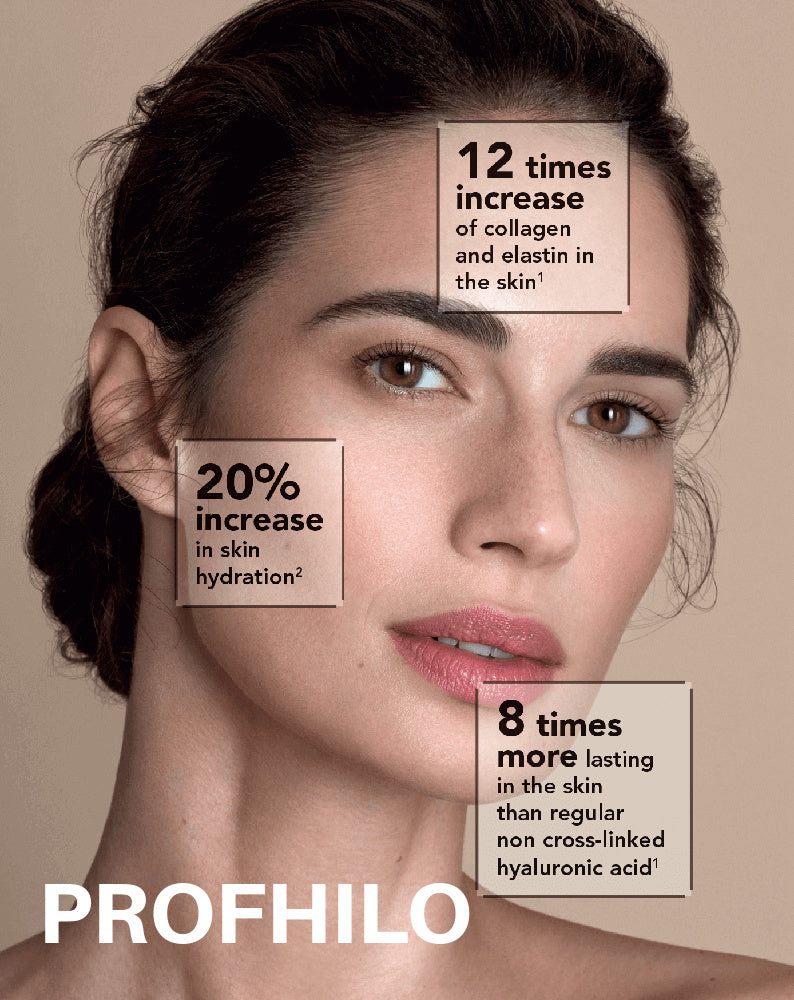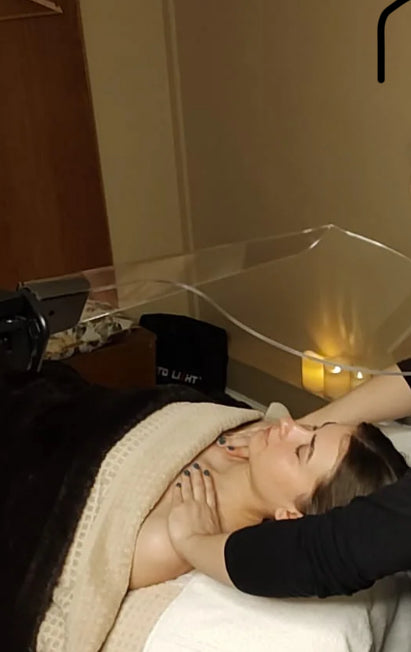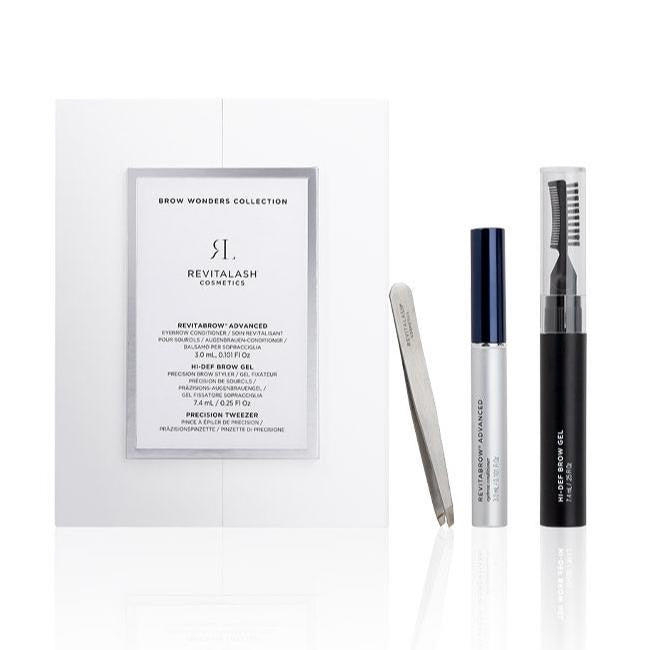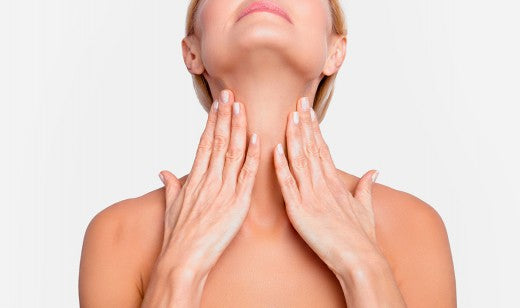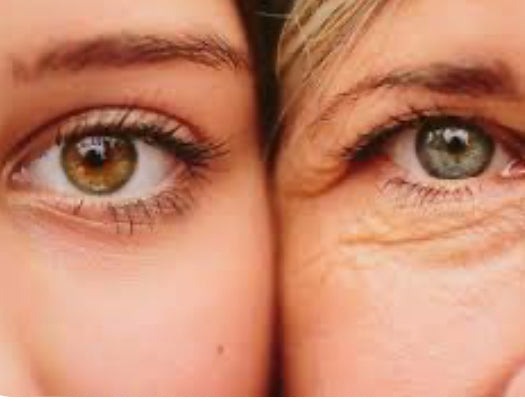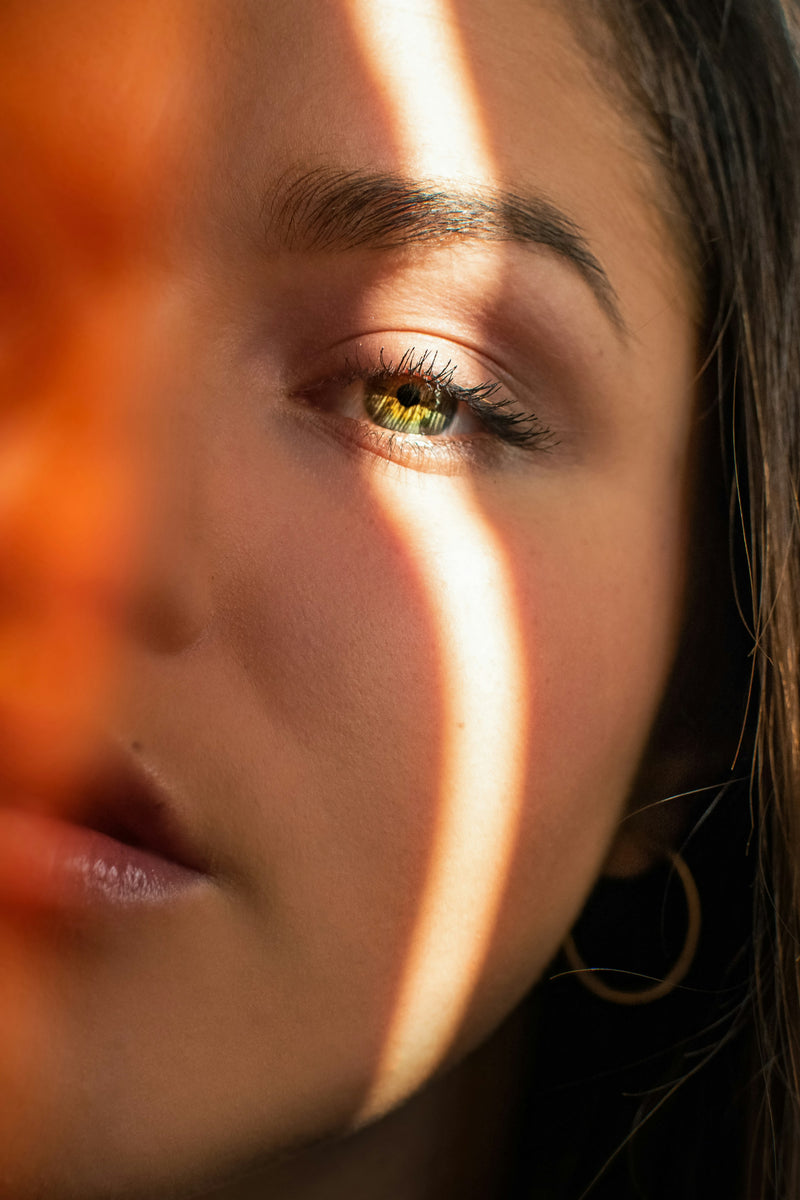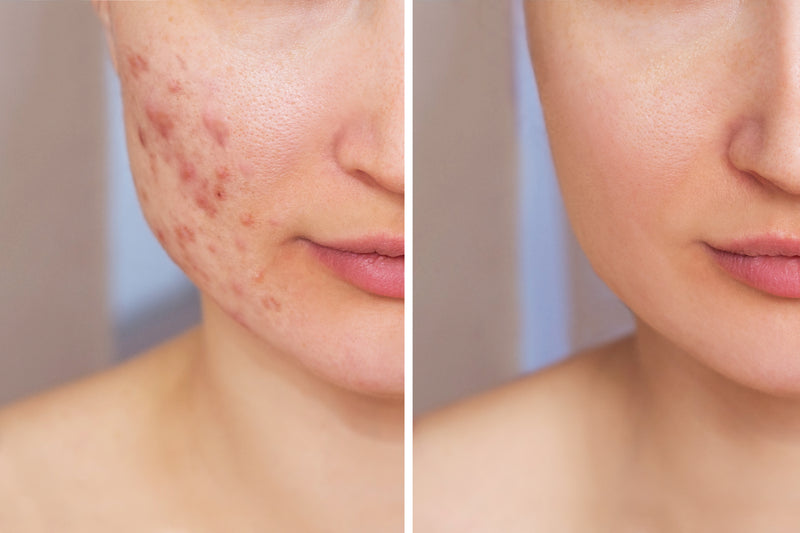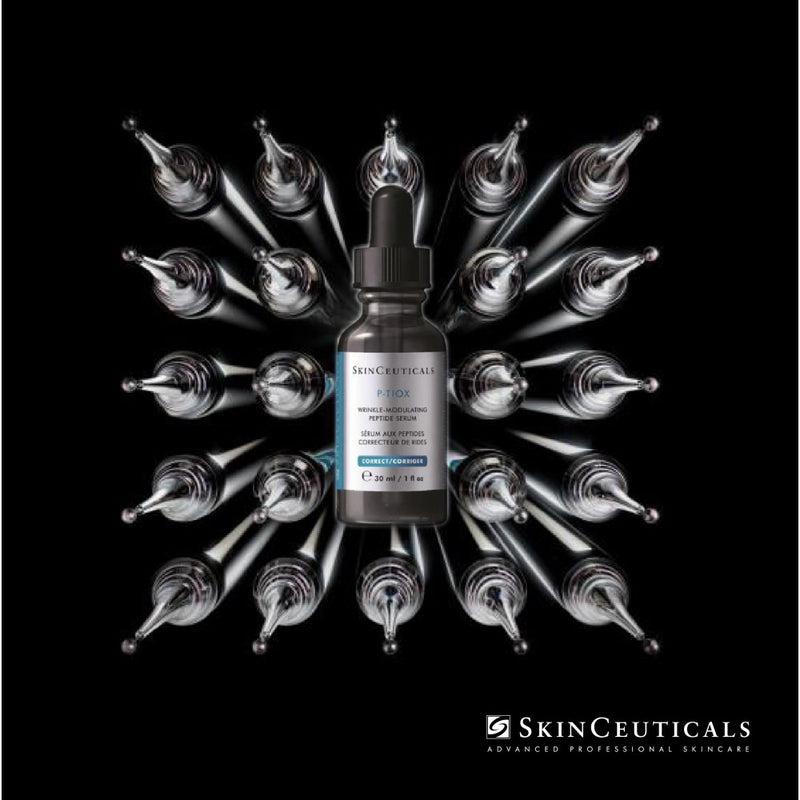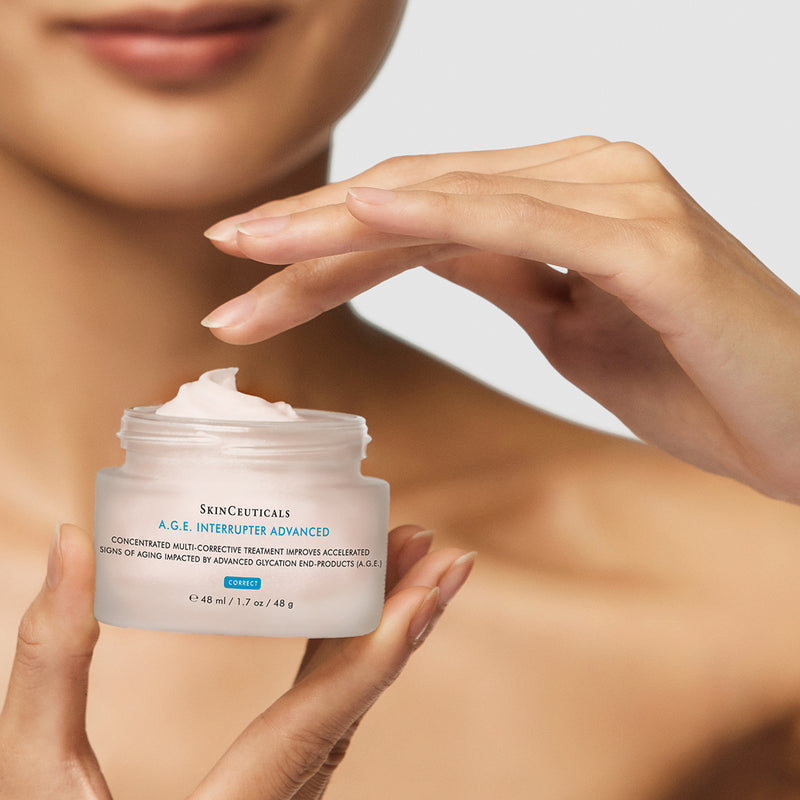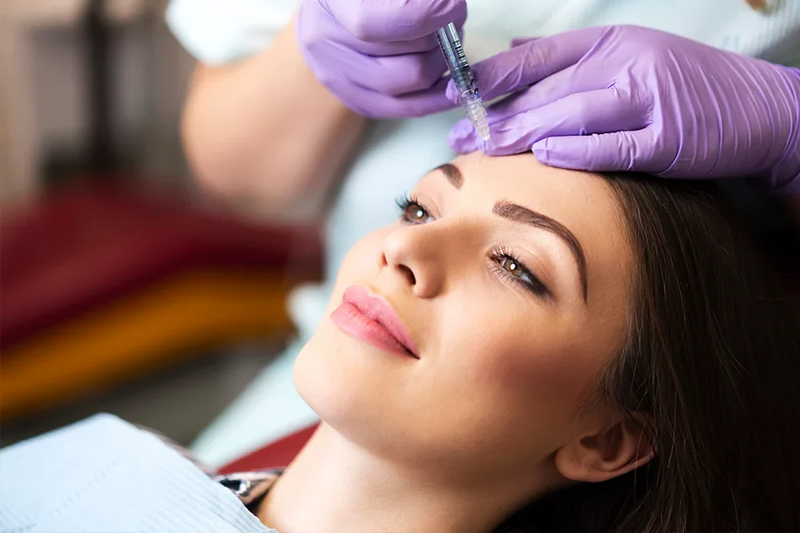How is SPF calculated?
Before we explain how SPF is calculated, it’s important to point out that the testing to determine SPF ratings has limitations because it doesn’t always translate to real-world situations. Although the testing is done on people’s skin, the conditions are controlled, and the intensity of UV light is fixed. In the real world (and as explained above) UVB intensity varies while UVA is consistent. The shifting intensity of UVB light impacts how long it will take skin to turn red (burn) with any given sunscreen.
For example, if your skin normally changes colour after 10 minutes of unprotected sun exposure at noon in your own backyard in June, and you use a sunscreen rated SPF 30, you will get five hours of sun protection (10 minutes x 30 = 300 minutes, which is 5 hours of protection). If your skin would normally change colour after 20 minutes of sun exposure at 9am in June in your own backyard, SPF 30 would give you 10 hours of protection. But this is only true if you’ve applied your sunscreen liberally, which studies have shown that most people do not. In reality, people apply much less sunscreen than what is tested in the labs to determine SPF rating, so you are likely not getting the SPF level of protection indicated on the label.
Bottom line: when you know you’ll be outdoors longer than usual or the sun in your area is more intense, opt for higher SPF ratings of at least 30+ and reapply every 2 hours. Want to know more about how often you need to reapply sunscreen?
Now that you know how the SPF rating on sunscreen works, check out the must-know tips in our sun protection articles.
Sunburned skin? How to help sunburn
Everyone knows what sunburn feels like. And it’s definitely not fun. Of course prevention is always better than cure, but luckily there are some things you can do to heal your skin if you do happen to get burned by the sun’s rays. We'll dive into how to ease the effects of sunburn and how you can get rid of it.
What helps with sunburn?
The first sign of (mildly) sunburned skin is usually the red colour. The sunburn then develops for another 12 to 24 hours, which makes it important to take these steps as soon as possible:
Cool the burned skin for a few hours using cold, damp compresses, or a bag of ice wrapped in a towel. This will help to draw out the heat and reduce any redness. Then carefully apply ALOE VERA to help relieve the sunburn.
Apply a light moisturiser with healing ingredients, like niacinamide, as long as there are no blisters on your skin. Make sure any product you use is non-irritating and fragrance free .
Get out of the sun right away; go inside or find some shade. And drink plenty of water to prevent dehydration.
What shouldn’t you do?
Now we've learned how to help treat sunburn, it's also important to stress what not to do:
Do not place ice directly on your skin without a protective layer. It is too cold and can make the damage worse. Instead wrap the ice in a clean towel or dishcloth.
Do not apply a thick balm, cream, or butter to sunburned skin, as these products will trap the heat.
Do not use creams that contain fragrances. This can lead to skin irritation.
An aloe vera gel on its own is not enough. Sunburned skin needs a broader range of skin-repairing ingredients. Instead, use a night cream or gel that also contains other moisture-regulating ingredients, as well as aloe vera.
What to do with bad sunburn?
If you are badly burned, for example, if you feel faint or dizzy, have severe blisters, feel nauseous or have a high temperature, go and see your doctor.
How to prevent a sunburn?
So now you may be asking yourself, how often should I reapply my sunscreen?
Use a sunscreen with at least SPF 30 every day, even when it’s cloudy.
Apply the product liberally to all parts of the body that will be exposed to the sun.
Apply 15 to 20 minutes before going outside.
Repeat this routine regularly, especially if you are outside a lot, perspiring, or if you have been swimming.
